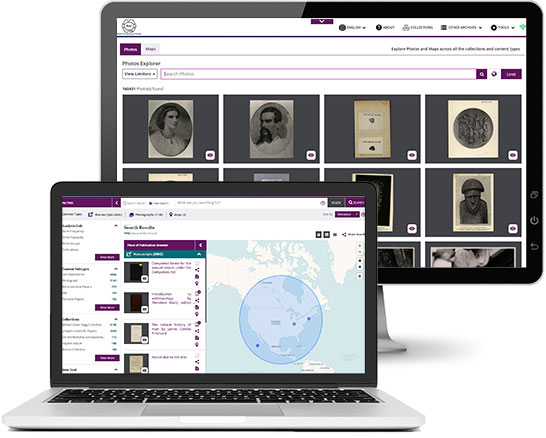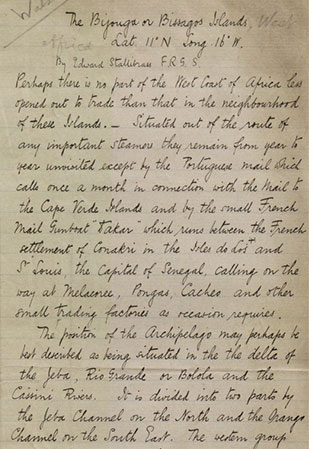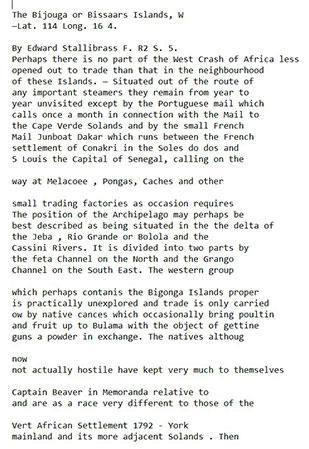Introducing Automated Text Recognition
Wiley Digital Archives is the only archival program in the library market offering Automated Text Recognition (ATR), an AI that turns handwriting into typeset. ATR makes the unique handwritten documents in our archives easy to discover, explore, and analyze with our platform digital humanities tools.
Technology to explore history
Built for research,
teaching and learning
Wiley Digital Archives delivers archival content on an advanced platform purposely designed to power research, support teaching, and foster learning.
The platform is user-friendly, packed with intuitive tools and functionalities to power discovery, analysis, on- and off-platform collaboration, and virtual education.
Users can conduct searches of textual and visual content by word, term, format and date across archives and disciplines. All results are sorted by content type in easy-to-navigate visual galleries.
Datasets and content can be easily downloaded, manipulated and shared by individual users or collaborative teams of researchers and students, with most text translatable into 105 different languages.


